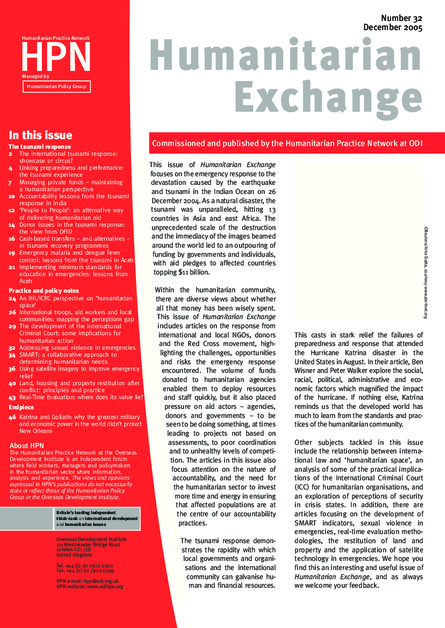
The practice of humanitarian evaluation has come a long way. Fifteen years ago, evaluations of emergency assistance or ‘disaster relief’ programmes were rare; today, by contrast, we may be seeing an unprecedented ‘evaluation boom’.1 The evaluative response to the crisis in Darfur and the tsunami emergency suggest that this boom may be getting louder, with many evaluation teams being despatched to both regions. It is incumbent on the humanitarian evaluation community to examine the effects of this boom, and to ensure that evaluation is better able to influence performance.